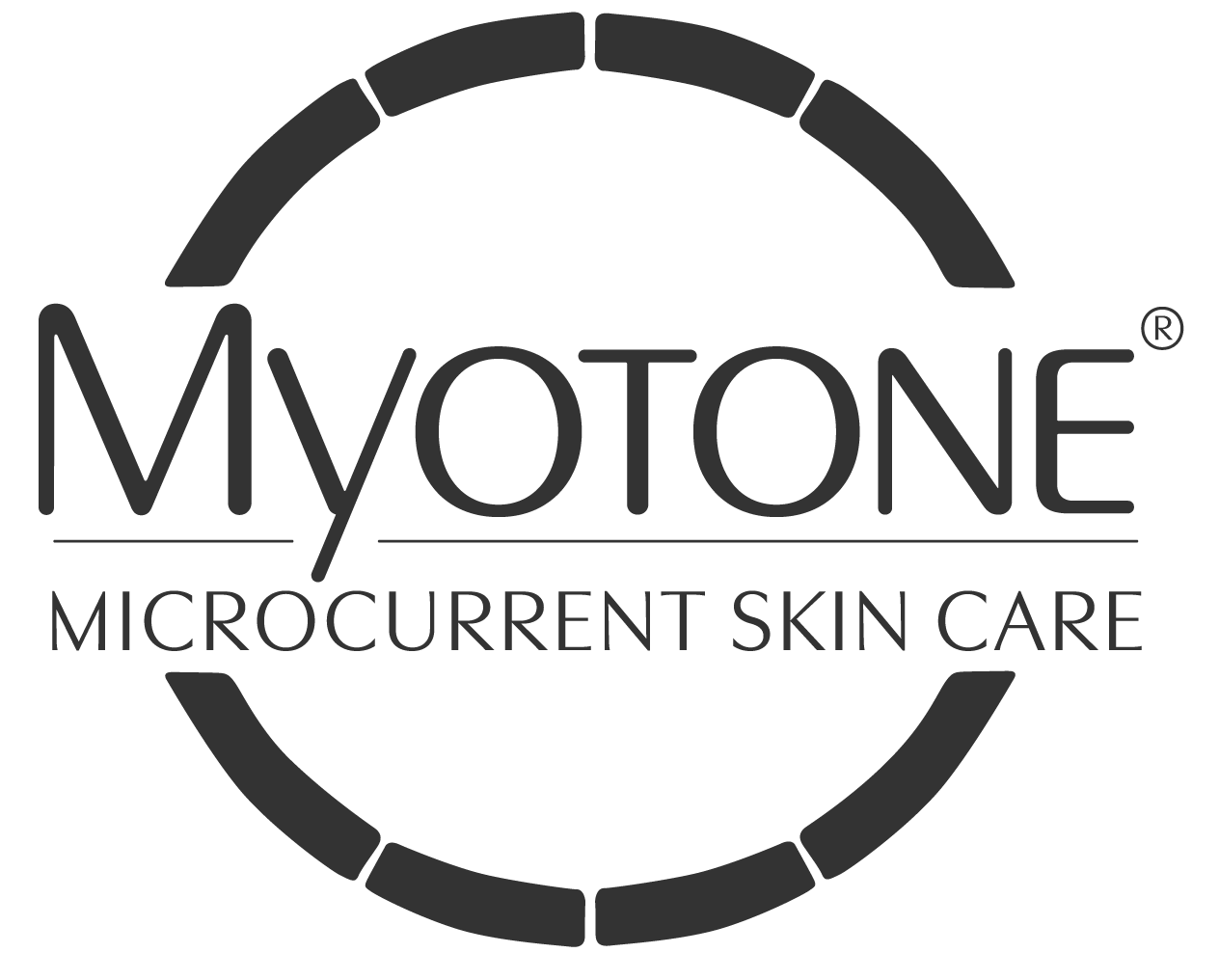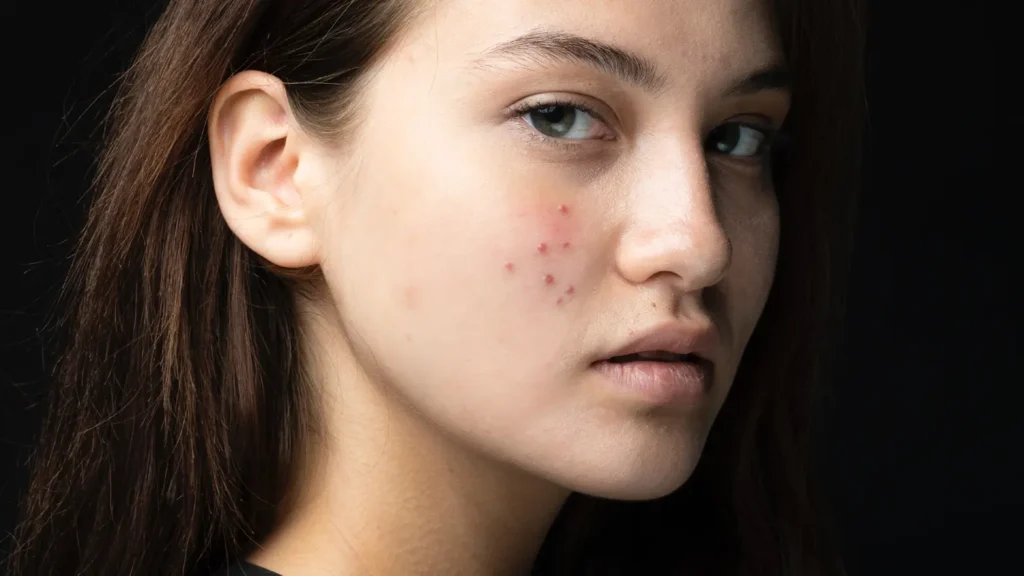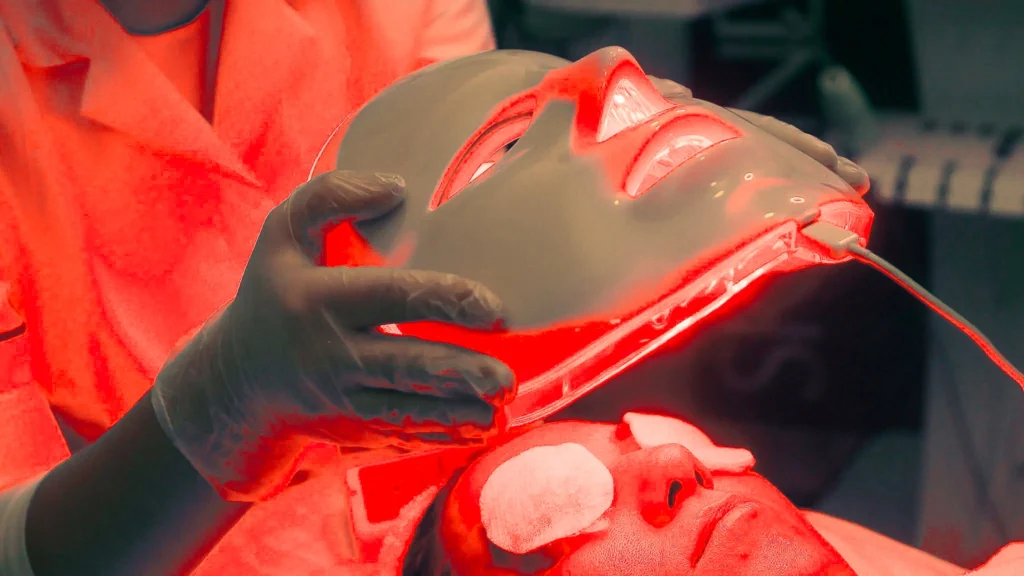Acne can be a frustrating and persistent skin condition, often leaving us searching for new and effective treatments. If you’ve been exploring your options, you may have come across Microcurrent therapy as a potential solution.
In this post, we’ll dive into how to safely use microcurrent on acne prone skin, as well as how Microcurrent therapy can help fight acne and reduce inflammation for an even skin tone.
Understanding Microcurrent Therapy
Microcurrent therapy is a non-invasive, low-level electrical treatment that has gained popularity for its diverse skincare benefits. It works by delivering gentle electrical currents to stimulate facial muscles and promote cell regeneration. This process increases collagen and elastin production, ultimately leading to firmer, more youthful-looking skin. There are several at home microcurrent devices on the market today that allow you to add this therapy to your daily routine.
How Microcurrent Fights Acne
1. Bacteria-Killing Action: Microcurrent therapy uses electrical currents which can kill bacteria, ultimately reducing the risk of new breakouts.
2. Cell Regeneration: The stimulation of cellular activity promoted by Microcurrent therapy helps speed up the skin’s natural healing process. This can be particularly useful for acne-prone skin, where blemishes can leave lasting marks.
3. Improving Circulation: Microcurrent treatments increase blood circulation, which means more oxygen and nutrients are delivered to skin cells. This promotes faster healing and healthier skin overall.
4. Reducing Inflammation: Acne often comes with redness and inflammation. Microcurrent can help reduce inflammation, making the skin appear calmer and less irritated.
What to Avoid When Using Microcurrent with Acne:
1. Avoid Active Breakouts: It’s essential to avoid using Microcurrent therapy on areas with active, inflamed breakouts. The currents can exacerbate inflammation and discomfort. Wait until the blemishes have subsided before proceeding with treatment on that area.
2. Cleanse Thoroughly: After doing a Microcurrent treatment always cleanse your face, as some gel could be left behind which has the potential to cause more breakouts.
3. Complementary Skincare: Combine Microcurrent therapy with a well-rounded skincare regimen. Cleansing, moisturizing, and sun protection are equally important in your acne-fighting arsenal.
4. Professional Consultation: Seek advice from a licensed esthetician or dermatologist if you have questions about how a Microcurrent therapy journey could help your skin. They can help determine the best treatment plan and settings for your unique skin needs.
Microcurrent therapy offers an innovative, non-invasive approach to addressing acne by tackling bacteria, increasing cell regeneration, and promoting healthier, clearer skin. Remember to exercise caution when dealing with active acne lesions or open sores and consult with a skincare professional to create a personalized plan that suits your unique needs.
With the right approach, you can harness the benefits of Microcurrent therapy for a smoother, blemish-free complexion.
References:
- https://www.ncbi.nlm.nih.gov/pmc/articles/PMC8910224/
- https://envisionacnecenter.com/microcurrent-treatments-improve-acne/
- http://www.myotone.com

This article is brought to you by

Learn More ⭢



